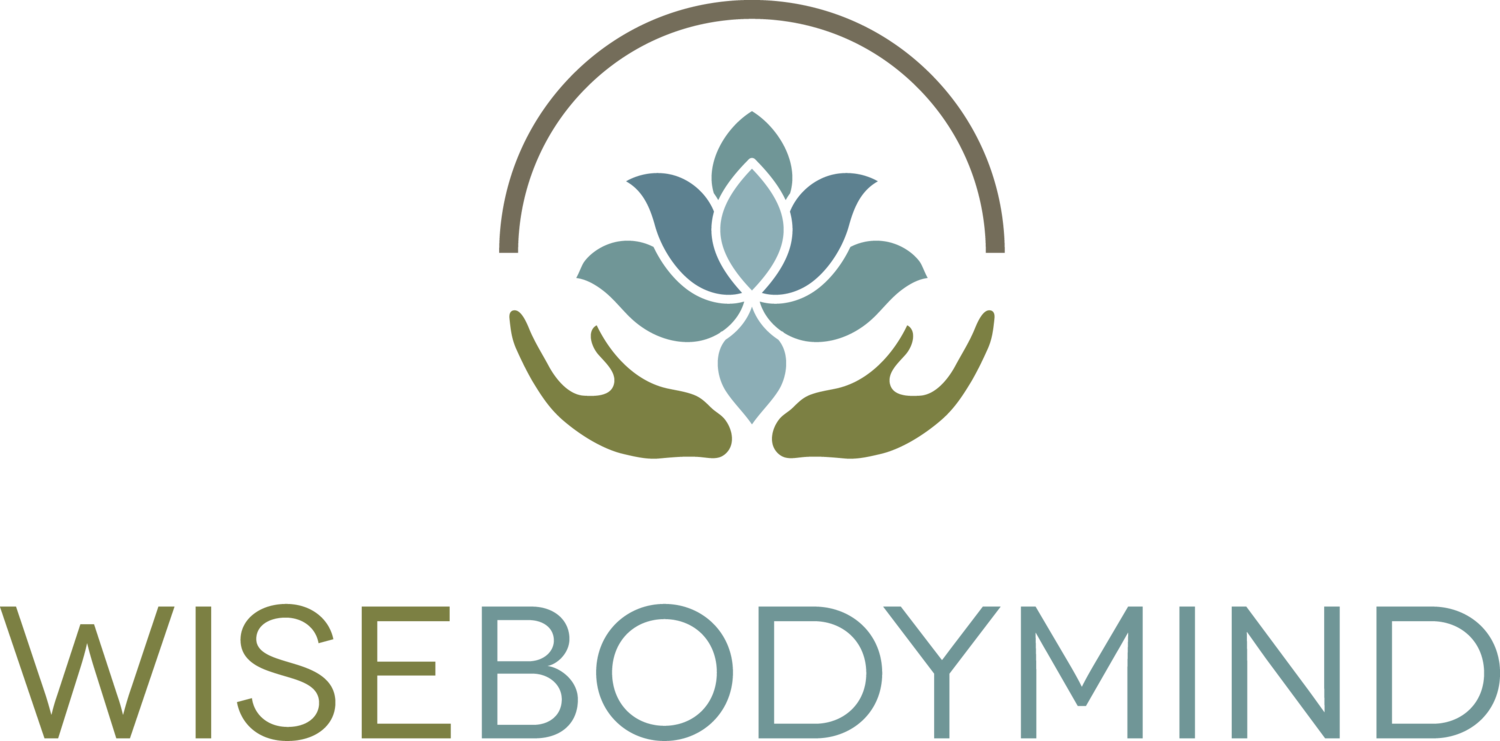Hello, and welcome back!
I’ve been pondering what to share with you next and decided to write another introductory post, focusing less on my story and more on the work I actually do. Chances are, you’re here because you’re either curious about trying CranioSacral Therapy, or you’ve already tried it and want to know more.
So, what is CranioSacral Therapy, and what sets it apart from other forms of bodywork?
Is it a set of techniques? Not really, although there are specific techniques that beginning practitioners learn as they learn the anatomy and refine their touch.
Is it a focus on certain areas of the body? Nope. CST treats the whole body, which we view as one interconnected whole, although we do work a fair amount with the craniosacral system, those tissues and fluids surrounding the brain and spinal cord.
Is it about how gentle the work is? We’re getting warmer now, but that’s really only a small part of it.
So, is there something else that makes it special?
I believe the “something else” can be found in Dr. Upledger’s words, shown above. In CST, each treatment is dictated by that “part that knows the answers,” the part that Dr. Upledger named the Inner Physician, also commonly called inner wisdom, among other names. Specifically, CranioSacral Therapists follow a set of principles in treating clients that puts the inner wisdom at the forefront of each decision about what to do during a session.
Our principles are these:
-The body, which cannot be separated from the mind and spirit, has the capacity to heal itself when given enough resources.
-This self-healing capacity is a part of the body’s inner wisdom, which is the part of us that knows exactly how to heal and exactly what resources are required in order to be able to do so.
-Practitioners of CST facilitate the inner wisdom, following rather than leading and using the minimal force necessary for the work that needs to take place.
I love these principles, because they take the pressure off, for both me and my clients, and they just plain work! My main role, rather than taking in information, forming an agenda, and “fixing” a “problem” someone might come in with, is to listen, gather information with my hands and all my senses, and be present in support of what that person’s inner wisdom already knows. I know if I’m on the right track, because I’m paying close attention to their body’s cues, so I don’t have to break my connection and presence with them to problem-solve. They get often surprising results with much less pressure and discomfort, and they gain a new and empowering sense of trust in their own bodies!
Personally, I never thought CranioSacral Therapy would be my “type” of bodywork. In massage school, I loved deep tissue and neuromuscular work, the firmer the better. Shortly after that, I went through a Structural Integration series and thought it was just about the best thing ever, despite (or possibly partially because of) the large amounts of pressure used. I didn’t see much point in gentle bodywork when “hurts so good” was what I was after. I actually benefited enormously from this type of work for a while, but those benefits were short-lived.
Enter CST. When I took my first class (which I thought I was taking for my son and not for myself -my inner wisdom had the last laugh on that!), I wasn’t expecting much, but I was actually very surprised at how a pain in my lower back, one that had been there for so long I had actually forgotten it was there, changed in an instant with one technique that was so light and gentle that I couldn’t actually feel anything while it was happening. How was that even possible? It seemed too good to be true.
And, in fact, things aren’t always that simple...because the inner wisdom often has good reasons for holding on to pains and restrictions in the body. If something can be released quickly and easily, then it generally will be. Other problems, especially longstanding ones, can sometimes be bound up with memories and emotions and walled off in the body until there are enough resources present that it is safe to let go of them, at which point the inner wisdom will bring forth a process known as SomatoEmotional Release (which will be a whole post in itself, or perhaps many). As I learned by receiving more CST, some sessions felt like magic, where my therapist’s presence and well attuned hands were all the resources my inner wisdom needed to let go of something that was hurting. And other times...well, other times have been more challenging AND more fruitful.
Whenever I am able to let go and trust my inner wisdom (which is most of the time because face it, everyone, I am hooked on CST and not afraid to admit it), amazing things happen. Pain and tension disappear, my nervous system settles, and often I gain great insight and growth by staying with the process. And because of my firsthand experience of receiving the work, as well as a whole lot of study and practice, I am much better able to facilitate the process when a client comes to me wanting help.
Are you curious about how CST can help you? Please contact me for a free consultation, where we’ll see if this work might be a good fit for you.
And if you’d like to stay in touch but aren’t yet ready for a consultation, please sign up for my newsletter.
Until next time, be well!


